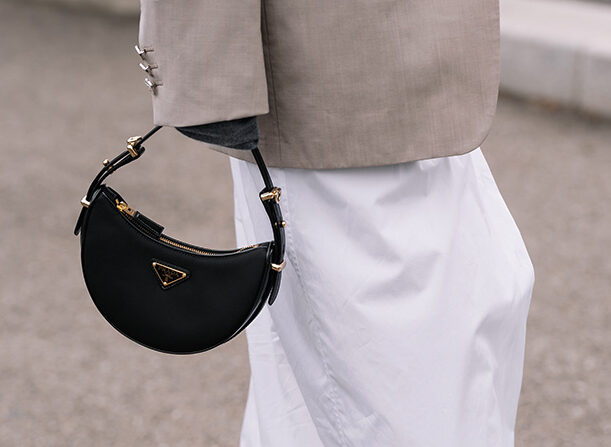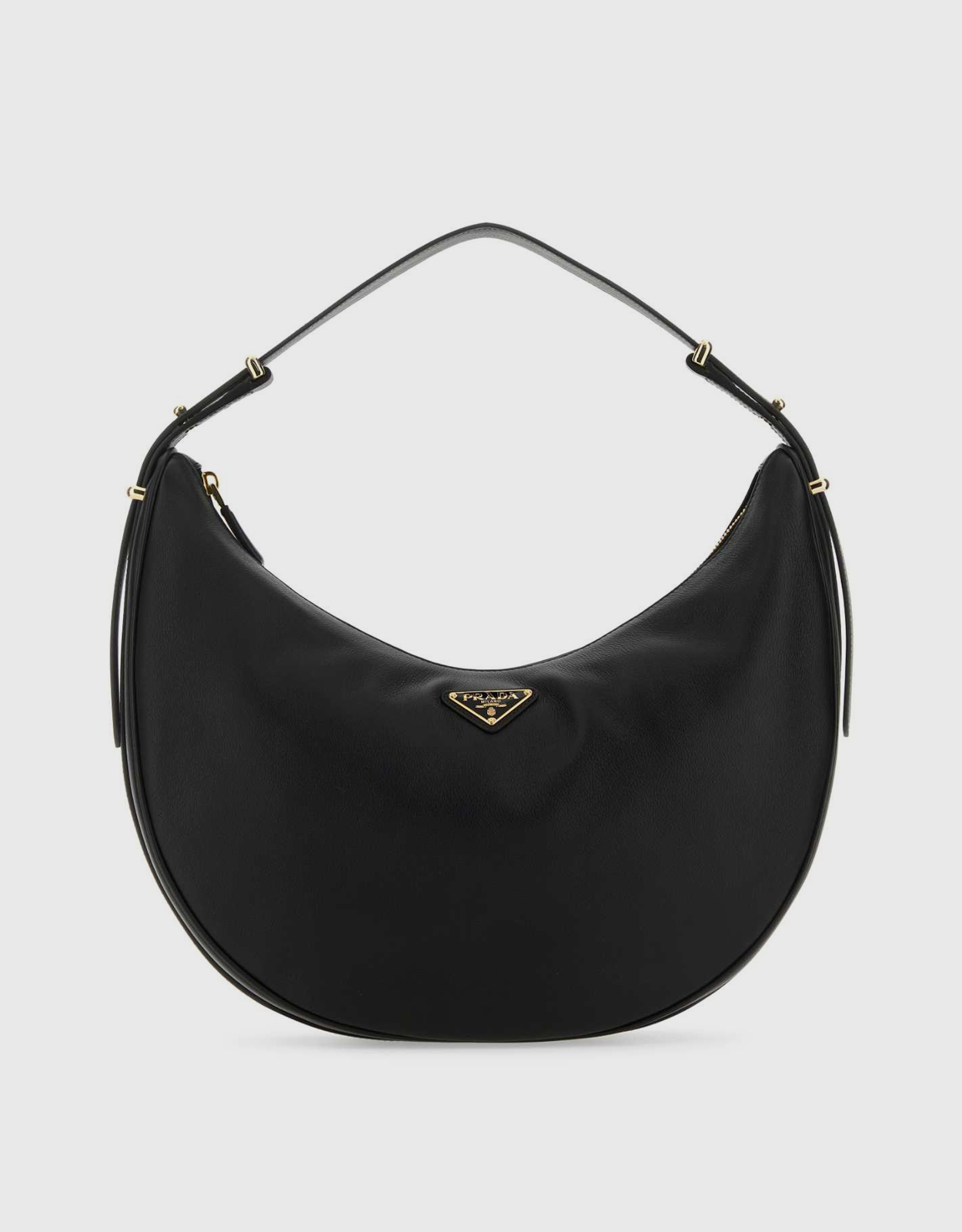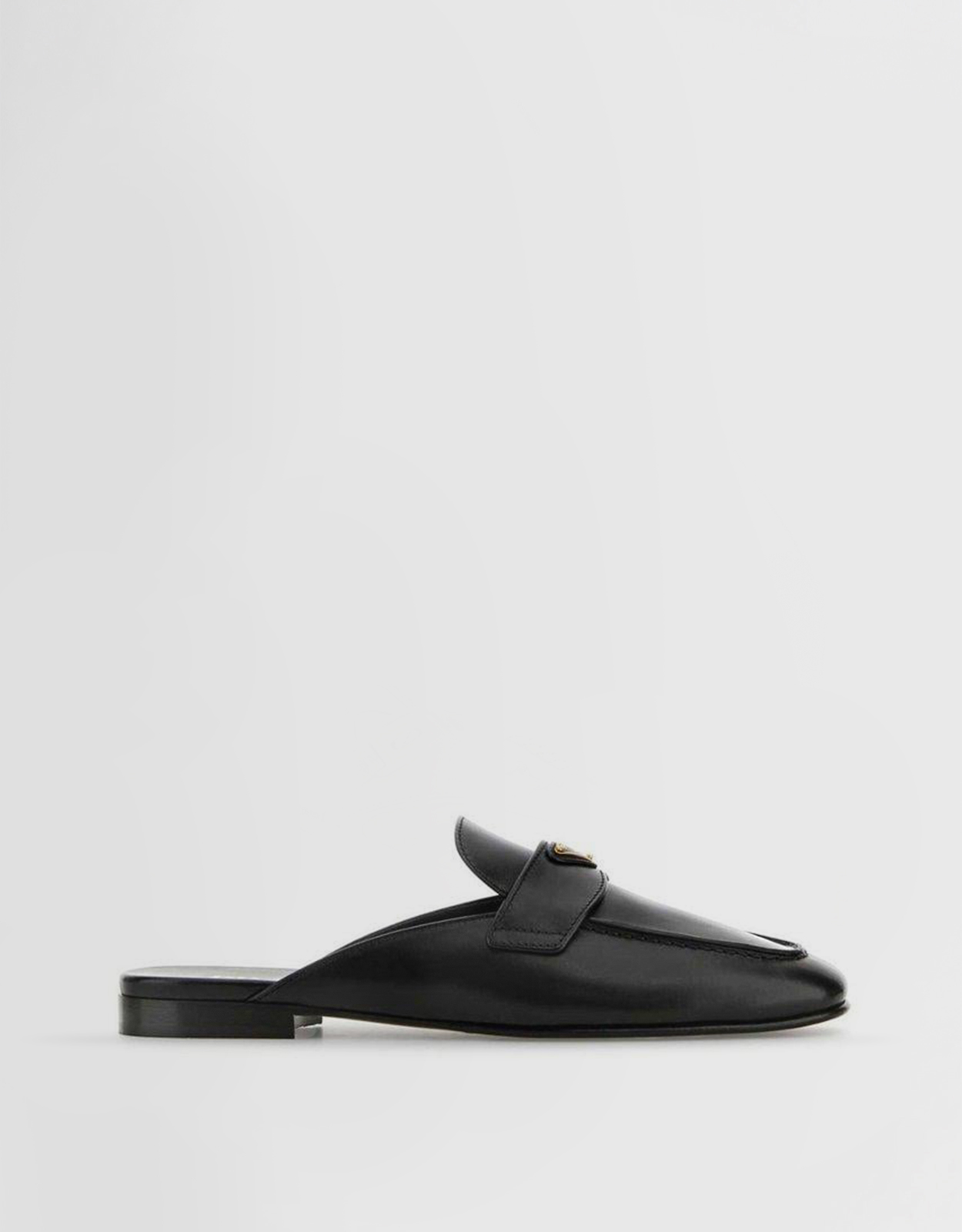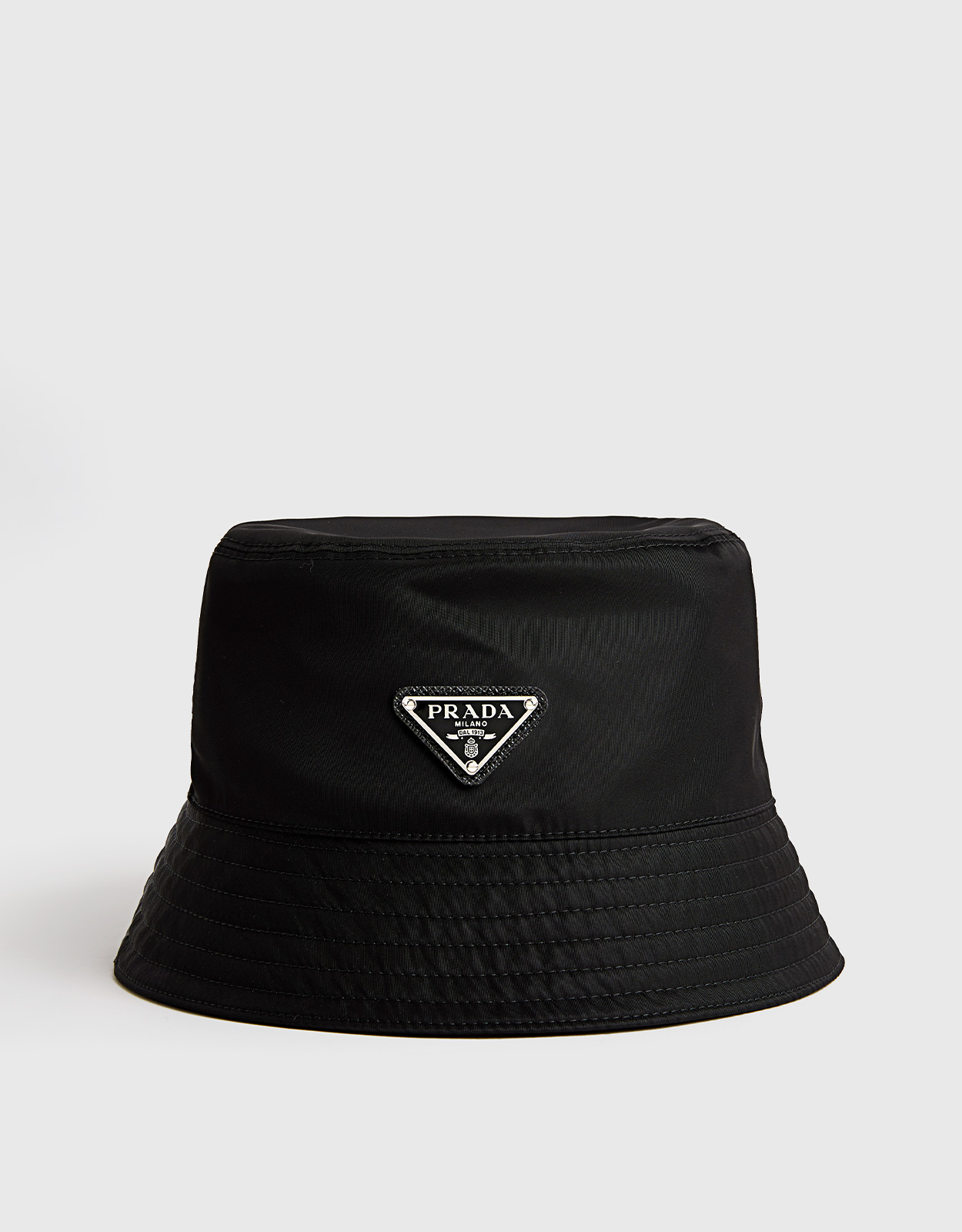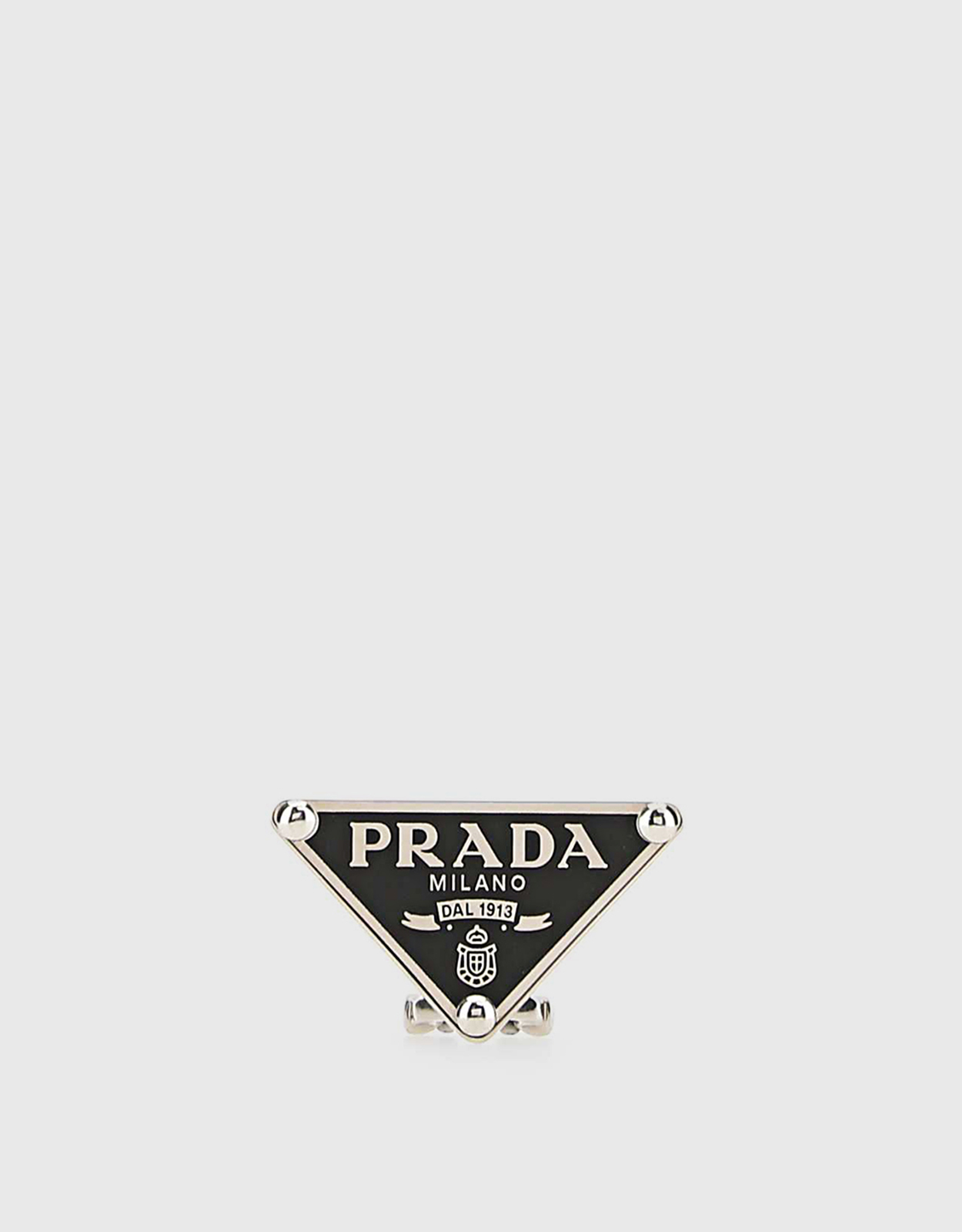This post is also available in:  English
English 繁體中文 (Chinese (Traditional))
繁體中文 (Chinese (Traditional))
Even the Devil Can’t Resist: How Prada Wins Over Fashion Lovers Worldwide
FASHION / 2024-12-16
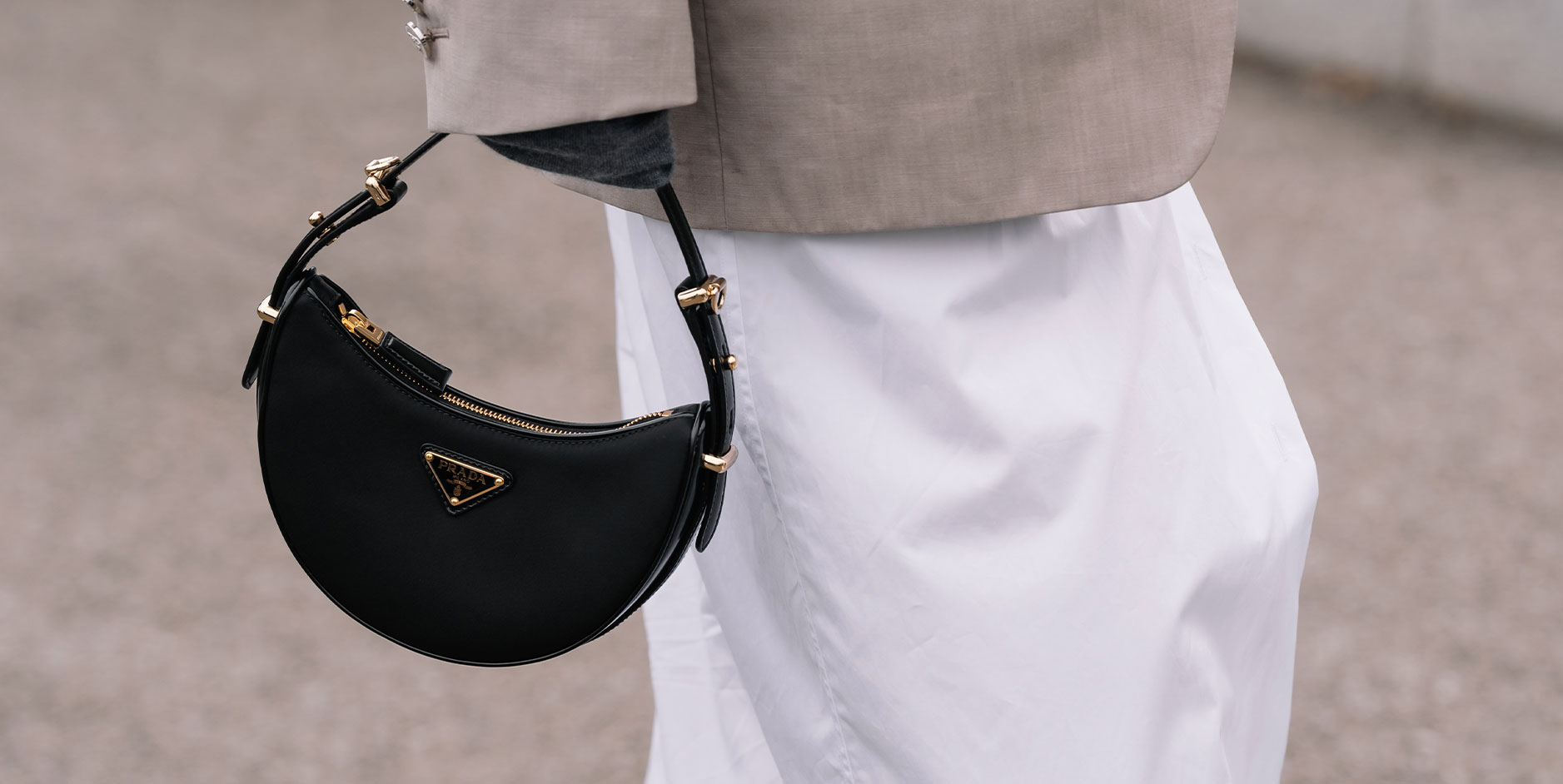
- From Humble Beginnings to Royal Recognition
- Miuccia Prada: The Visionary Who Changed Everything
- The Game-Changer: Prada’s Iconic Nylon Bags
- Low-Key, High Impact: Prada’s Design Philosophy
- Miu Miu: Prada’s Rebellious Little Sister
- Conquering the World: Prada’s Global Expansion
- Prada Foundation: Where Fashion Meets Art
- Sustainability and Digital Innovation: Prada’s New Frontiers
- Why We Can’t Help But Love Prada
When you think of Prada, what comes to mind? Is it the powerful Miranda Priestly from The Devil Wears Prada, commanding her team with unmatched poise? Or maybe it’s the minimalist triangular logo on the brand’s iconic nylon bags? No matter your impression, the story behind Prada is even more captivating. From a humble leather goods store on a Milanese street to a global fashion empire, how exactly did Prada become the ultimate trendsetter?
From Humble Beginnings to Royal Recognition
Prada’s journey began in 1913, right in the bustling heart of Milan. At a time when the city was becoming a hub of commerce and culture, Mario Prada and his brother Martino opened a small boutique called Fratelli Prada (Prada Brothers).
The shop specialized in luxurious leather goods—think travel trunks, handbags, and accessories—all crafted with impeccable precision. Catering to Europe’s elite, Prada quickly gained a reputation for quality and sophistication. Their fame soared in 1919 when the Italian royal family named them an official supplier. From that point, the royal coat of arms became part of Prada’s branding, solidifying its status as a luxury icon.
But in those early days, the brand was deeply traditional. Mario Prada, in fact, didn’t believe women should have a role in business. Ironically, it would be a woman—his granddaughter Miuccia Prada—who would revolutionize the brand decades later.
Miuccia Prada: The Visionary Who Changed Everything
Fast forward to the 1970s, when the brand needed a fresh start. Enter Miuccia Prada, the granddaughter of Mario, who was anything but conventional. Armed with a PhD in political science and a love for avant-garde art, Miuccia had zero formal business training. But what she lacked in corporate expertise, she more than made up for in bold creativity and an eye for innovation.
In 1978, Miuccia took over the family business and immediately began to shake things up. She steered Prada away from its outdated aesthetic and gave it a sleek, modern makeover. Her signature move? Infusing the brand with a minimalist yet provocative design philosophy. Stripping away the gaudy excess typical of luxury fashion at the time, she focused on clean lines, exceptional materials, and timeless functionality—a style later coined as “Prada Minimalism.”
The Game-Changer: Prada’s Iconic Nylon Bags
Prada’s big break in the fashion world came in 1984 with the launch of its nylon bag collection. Yes, nylon—the same industrial material used for parachutes. This was a groundbreaking choice in a world dominated by leather.
At first, the fashion elite were skeptical. But Prada’s nylon bags, with their lightweight durability and sleek triangular logo, quickly became the it accessory. Practical yet luxurious, the bags bridged the gap between function and high fashion, solidifying Miuccia Prada as a true innovator. Today, these bags remain a staple in Prada’s collections and an enduring symbol of the brand’s boldness.
Low-Key, High Impact: Prada’s Design Philosophy
If there’s one phrase that sums up Prada’s approach to fashion, it’s this: “Subtle but deadly.” The brand doesn’t rely on flashy embellishments or loud patterns to grab attention. Instead, Prada’s pieces are all about understated elegance, elevated by unexpected details.
Take a perfectly tailored coat, for example. Under Prada’s hands, it might feature a playful streetwear-inspired detail or an unconventional fabric choice. The result? A garment that whispers luxury but screams personality.
Miuccia Prada herself once said, “Fashion is about contradictions.” And that ethos is evident in everything the brand creates. Prada’s clothes and accessories exude a quiet confidence that doesn’t need to shout for attention—it simply demands it.
Miu Miu: Prada’s Rebellious Little Sister
In 1993, Miuccia introduced Miu Miu, a younger, edgier sister brand named after her childhood nickname. While Prada epitomizes sophistication, Miu Miu is bold, playful, and just a little rebellious.
The collections are often inspired by Miuccia’s own wardrobe from her youth, blending vintage influences with modern flair. From sequined mini dresses to quirky knits, Miu Miu has carved out its own niche, resonating with younger fashion lovers who crave something fresh and experimental.
Conquering the World: Prada’s Global Expansion
Prada didn’t stop at dominating Milan. In the 1980s, the brand began its global expansion. Its second boutique, launched in 1983, featured minimalist interiors that matched its refined aesthetic. This modern store design was a stark contrast to the opulence of traditional luxury boutiques and set Prada apart.
Soon, Prada was opening flagship stores in fashion capitals like Paris, New York, Tokyo, and Hong Kong, introducing the world to its signature style. By the 1990s, Prada had also ventured into acquisitions, buying stakes in brands like Jil Sander and Church’s. While not all of these ventures lasted, they highlighted Prada’s ambition to lead the luxury fashion world.
Prada Foundation: Where Fashion Meets Art
Fashion and art often intersect, but Prada takes this connection to the next level. In 1995, Miuccia and her husband Patrizio Bertelli established the Fondazione Prada to support contemporary art, architecture, and culture.
The foundation’s projects are anything but ordinary. Its Milan space, designed by celebrated architect Rem Koolhaas, is a stunning blend of modernism and history. Through exhibitions, installations, and collaborations, the foundation showcases the same creativity and forward-thinking spirit that defines Prada’s fashion.
Sustainability and Digital Innovation: Prada’s New Frontiers
As the world changes, so does Prada. Recognizing the growing importance of sustainability, Prada made headlines in 2020 when it pledged to stop using fur and introduced eco-friendly materials like regenerated nylon. This move wasn’t just about staying relevant—it was about leading the charge in responsible luxury.
The brand has also embraced the digital age, from expanding its online presence to connecting with younger audiences through social media. Collaborations with tech companies and innovative campaigns have helped Prada stay ahead of the curve.
Why We Can’t Help But Love Prada
What makes Prada so irresistible? It’s not just the clothes, the bags, or even the iconic logo. It’s the brand’s ability to constantly evolve while staying true to its roots. Prada respects tradition but never lets it hold them back, creating a world where high fashion feels approachable yet unattainable in the best way possible.
So, the next time you spot someone sporting Prada, take a closer look. Behind that clean silhouette and understated logo lies over a century of ambition, innovation, and undeniable style.

